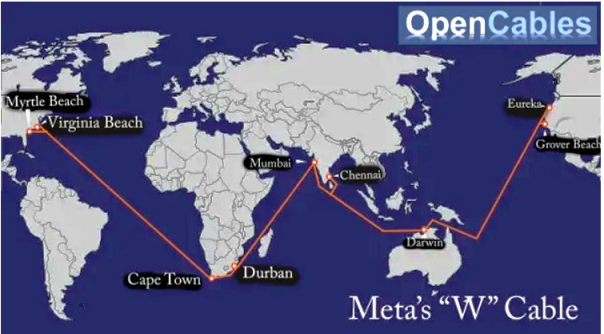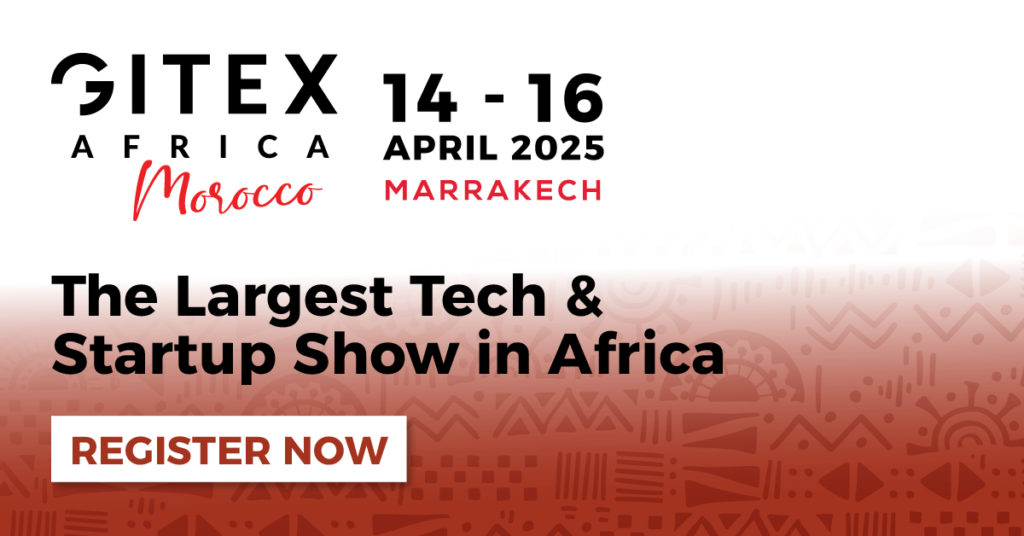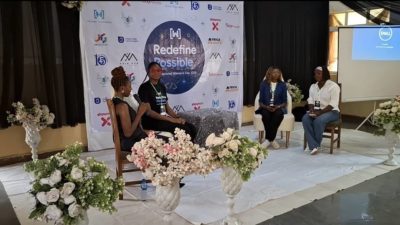Meta, the parent company of Facebook, Instagram, and WhatsApp, is embarking on an ambitious project to construct the world’s largest subsea cable network, spanning over 40,000 kilometers. With an investment exceeding $10 billion, the project is set to enhance Meta’s control over its global internet traffic.. This minimizes its dependence on telecom providers, and mitigate geopolitical risks.
RELATED: Internet outage strikes Sub-Saharan nations following undersea cable damage
Strategic Vision for Independent Connectivity
This venture marks Meta’s first fully owned and operated subsea cable system. Notably, this venture distinguishes it from the 16 existing networks in which the company holds partial ownership. The exclusive ownership grants Meta unprecedented control over its data flow, aligning it with other tech giants like Google, which already operates several private cable systems.
The cable’s innovative “W-shaped” route will connect the U.S. East Coast, India, South Africa, and Australia, avoiding politically volatile areas such as the Red Sea and the South China Sea.
Addressing Growing Data Demands
Meta’s platforms generate 10% of fixed and 22% of mobile internet traffic globally, driving the need for robust, independent infrastructure. This project aims to strengthen Meta’s data-handling capabilities and support its services in underserved and emerging markets, particularly in Africa and Asia.
“This is a monumental project in both investment and scale,” said Sunil Tagare, a submarine cable industry expert. “Meta’s decision to own the cable outright reflects its focus on securing its infrastructure and mitigating risks associated with shared networks.”
Challenges and Industry Impact
The project, however, faces logistical challenges. The global shortage of cable-laying ships, already monopolized by firms like SubCom for other tech companies, could result in a phased construction approach.
“The tight market for specialized resources might extend Meta’s timeline,” noted Ranulf Scarborough, a submarine cable analyst.
Meta’s head of global infrastructure, Santosh Janardhan, is leading the initiative, with significant development reported from its South African operations.
A Shift in the Subsea Cable Industry
Traditionally dominated by telecom providers, subsea cable construction is increasingly driven by tech companies seeking greater control over data flow. This project exemplifies Meta’s strategic shift toward ownership of the infrastructure that supports its platforms.
Anticipated Benefits
Once completed, the network will reduce Meta’s reliance on third-party networks, improve data flow efficiency, and unlock opportunities in emerging markets. An official announcement detailing the route, capacity, and objectives is expected in early 2025.
If successful, this cable will not only position Meta as a leader in global connectivity but also reshape the industry’s approach to infrastructure development, ensuring a secure, scalable future for internet services.































